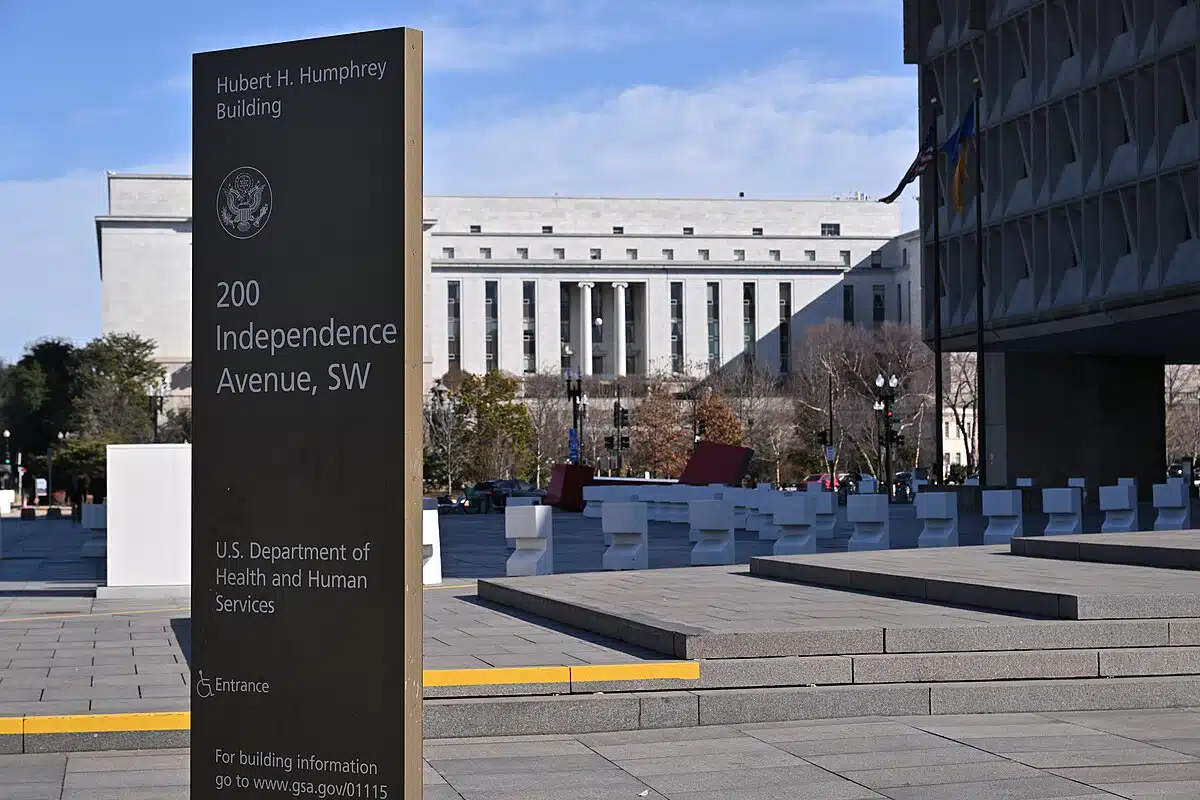
The U.S. Department of Health and Human Services (HHS) Office of the Assistant Secretary for Planning and Evaluation (ASPE) recently released a new issue brief that examines the effects of disruptions in Medicaid coverage known as “churning.”
ASPE advises the HHS Secretary on health care policy development, research, and analysis, and this issue brief continues their examination of Medicaid policies and their impact on Medicaid coverage and care.
A common cause of churning is a change in eligibility from one month to the next, usually due to income fluctuations. In states with very low income thresholds for Medicaid, even a small increase in income may make a person temporarily ineligible for the program, causing them to lose coverage. As their income falls again, they may become eligible again.
Churning also occurs when beneficiaries fall off state Medicaid rolls because they did not meet burdensome administrative requirements—like proving income multiple times a year by responding to mailed requests for information or filing complex renewal applications. If they do not meet the deadlines, they may lose coverage, then may regain it when they are able to submit the paperwork.
The health costs of losing Medicaid coverage, even temporarily, are significant. ASPE’s research shows that people who experience such disruptions are more likely to delay care, refill prescriptions less often, use the emergency room more, and become hospitalized at a higher rate.
And the costs are not solely borne by people with Medicaid. Doctors, other providers, and insurance plans also face increased burdens from churning—as does the Medicaid program. The state’s administrative costs for each disenrollment and reenrollment are high, and monthly costs for those who churn in and out are considerably higher than for those who are covered for a full year. According to ASPE, “One study found adults with 12 full months of Medicaid coverage in 2012 had lower average costs ($371/month enrolled in 2021 after adjusting for inflation) than those with six months of coverage ($583/month enrolled) or only three months of coverage ($799/month enrolled).”
ASPE points to several policy changes that can reduce churn, including Medicaid expansion and 12-month continuous eligibility. Such policies reduce burdens on people, programs, businesses, and states, and improve enrollee health and well-being. These efforts are especially important during the COVID-19 pandemic where a lack of care may prove fatal and be dangerous for public health.
At Medicare Rights, we support policies that reduce barriers to coverage and care and support state efforts to reduce churn. Keeping people covered keeps people with Medicaid healthier and reduces costs system-wide, including for the Medicare program when they are ultimately eligible.
Read ASPE’s issue brief on Medicaid churn.
Read more about ASPE’s examination of Trump-era Medicaid policies.
The Latest
Most Read
Trump Administration and Elon Musk’s DOGE Closing Social Security Offices, Harming Access to Services
Threats to the Social Security Administration and to Benefits Continue to Raise Alarm
 House Advances Harmful Budget Plan
House Advances Harmful Budget Plan New Resources Show House Budget Would Slash Medicaid, Despite Voters’ Support of Program
Add Medicare to Your Inbox
Sign up to receive Medicare news, policy developments, and other useful updates from the Medicare Rights.
View this profile on InstagramMedicare Rights Center (@medicarerights) • Instagram photos and videos








